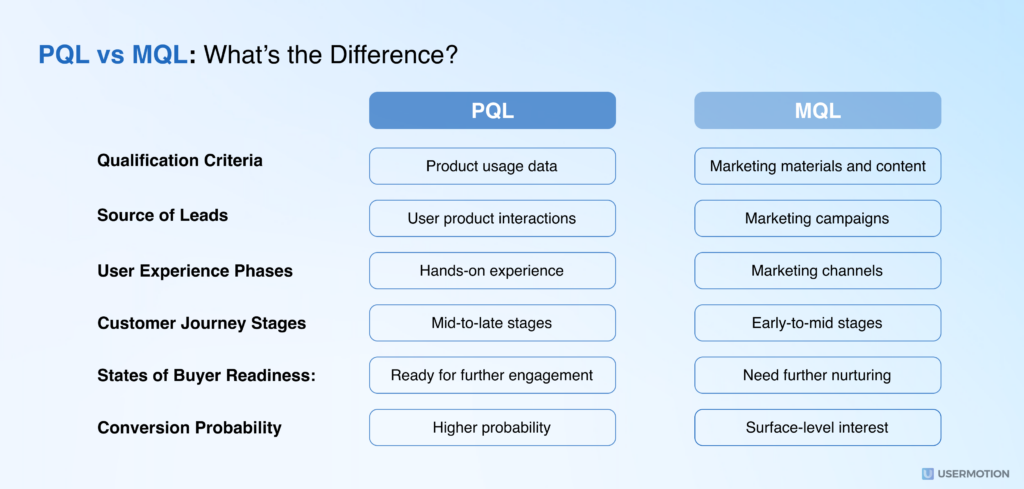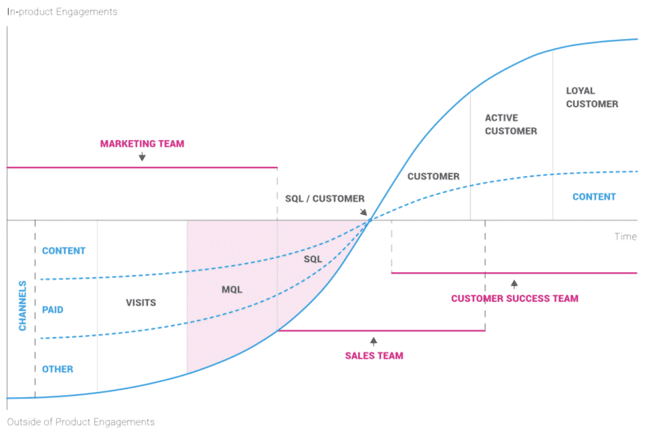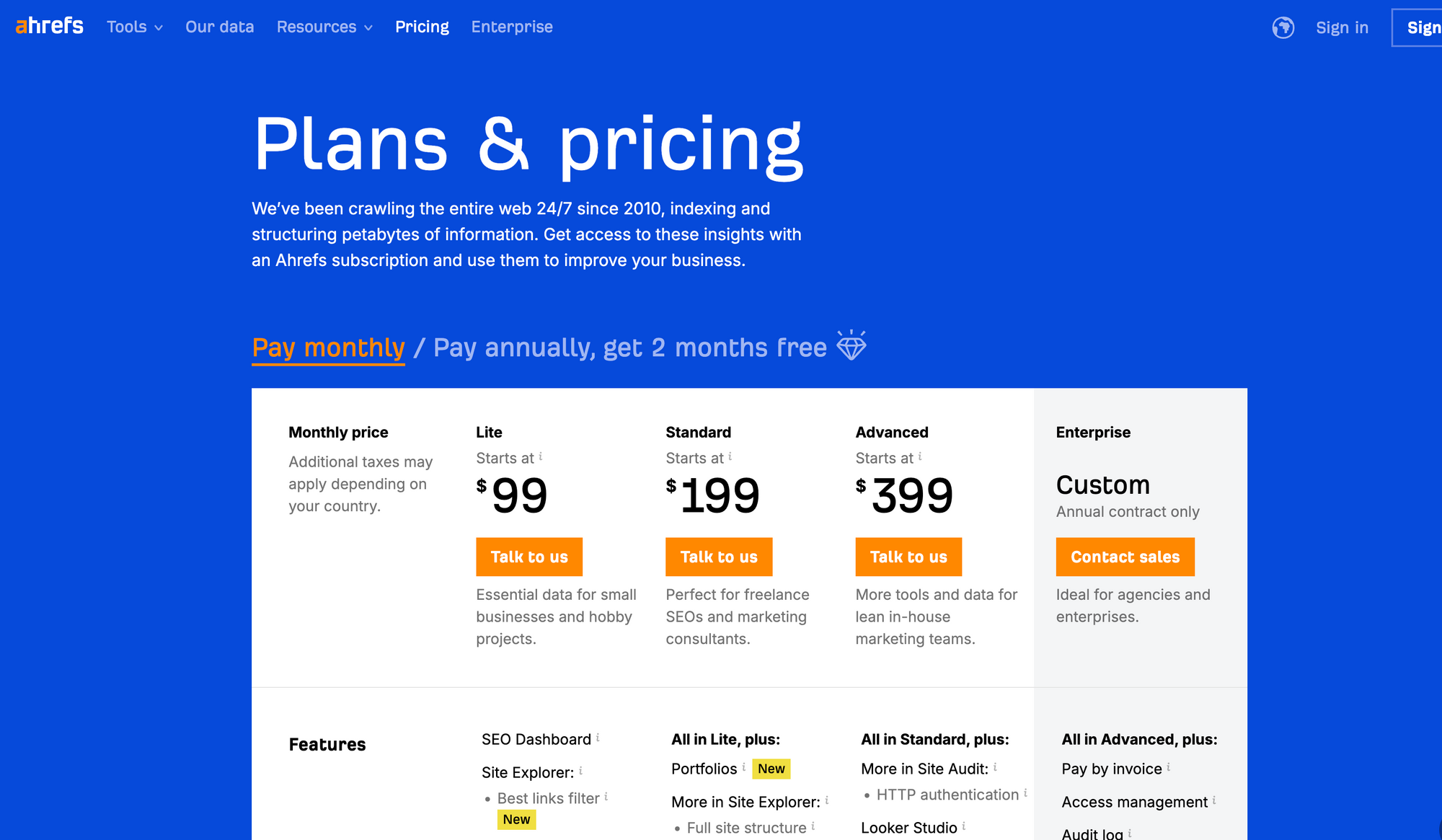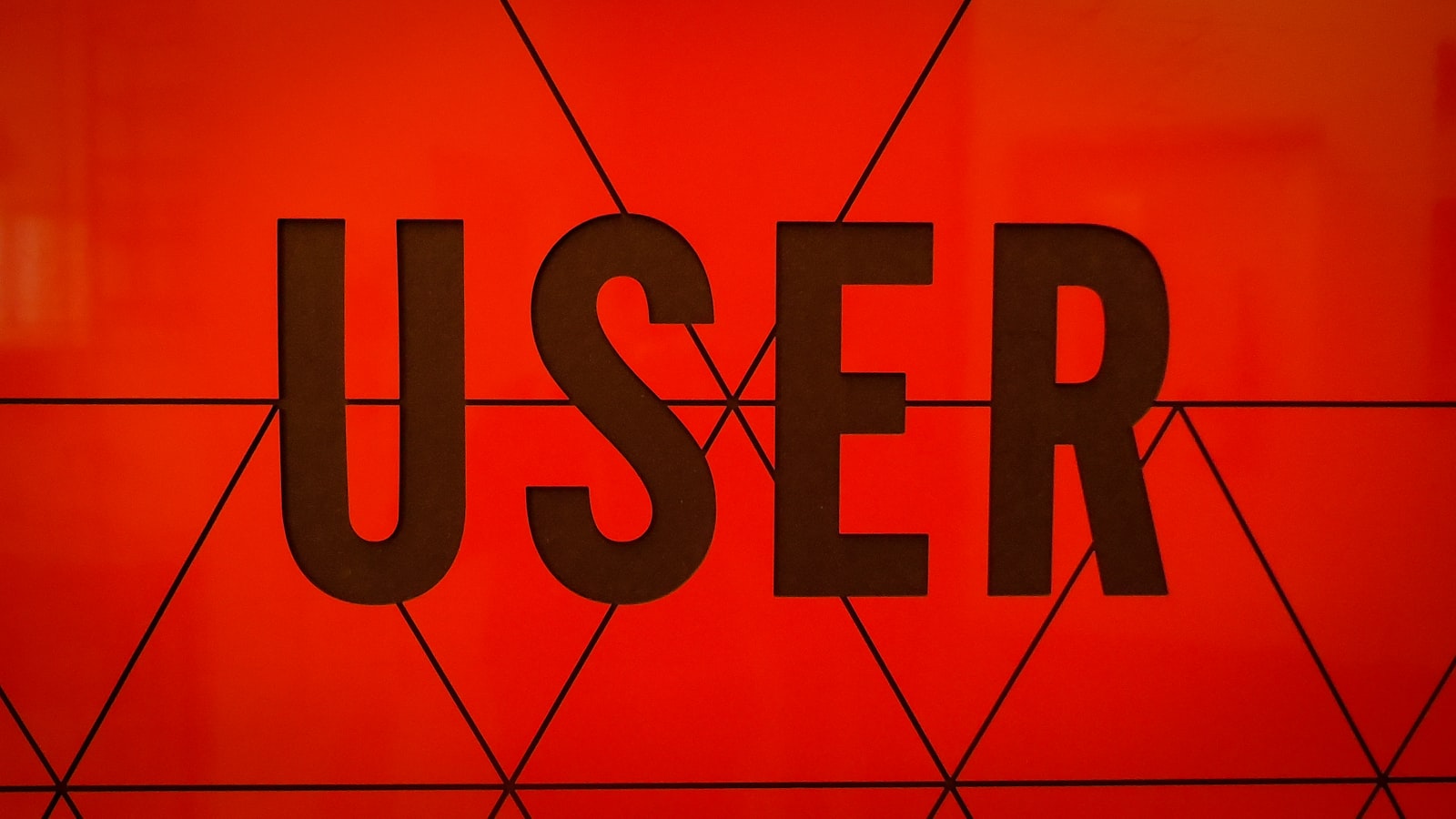With the exploding popularity of the PLG model, freemium seems like an attractive way to quickly gain users and market share. However, it can also be a trap that delays revenue, attracts low-quality leads, and makes it harder to validate true product-market fit. In this post, we'll get into the pitfalls of freemium for B2B SaaS and propose an alternative approach of confidently charging from the outset.

The Psychology of Free Users
Offering a free tier can rapidly boost top-line user numbers, but those users often don't fully engage with the product. There are a few key psychological reasons for this:
No skin in the game: When people don't pay for something, they tend to attribute less value to it. Free users are less likely to invest time into learning and using your product since they haven't made a financial commitment.
Lack of urgency: With no cost to using the product and no expiration date on the free tier, users feel no pressure to engage deeply or move quickly. Paid trials or subscriptions create urgency.
Unclear value proposition: Willingness to pay is the strongest signal that your product is providing value. If you don't ask users to pay, you miss out on this clear validation of your value prop.
| User Persona | Free to Trial Conversion | Trial to Paid Conversion |
|---|---|---|
| Startup Solopreneur | 5% | 10% |
| SMB Marketing Team | 15% | 30% |
| Enterprise Sales Leader | 25% | 50% |
| Ecommerce Entrepreneur | 10% | 20% |
Enterprise leaders, who likely have a clear need and budget, convert at the highest rates. Solopreneurs, who may be more price sensitive, convert at lower rates. This data suggests focusing on the right target persona is crucial.
Free users who aren't fully engaged muddy your metrics and make it harder to understand the true value of your product. You may see high registration numbers but low activation and retention.
The Problem with Product Qualified Leads

A common argument for freemium is that it generates “product qualified leads” who have used the product and are thus more likely to convert to paying users. However, there are a few issues with this:
Selection bias: Free attracts a higher proportion of users who are price sensitive, early in their journey, or simply curious window shoppers. These users may be less likely to convert, no matter how far down the funnel they get.
False signals: Activity from free users can give a false sense that you've achieved product-market fit. But high usage of a free product doesn't necessarily translate into a willingness to pay.
Optimizing for the wrong persona: If the majority of your free users would never be willing to pay, you may end up building features for the wrong persona rather than for your ideal customer profile.
In contrast, leads generated from a trial or paid tier have already shown intent and willingness to pay. These “product qualified leads” are far more valuable than “marketing qualified leads” attracted by free.

Benefits of Charging from Day One
Having the confidence to charge from day one shows that you believe in the value of your product. But beyond that, there are concrete benefits to pursuing a paid model from the start.

Clearer signal on product-market fit: When people are willing to pay for your product from the beginning, you know you're solving a real problem and delivering clear value. You can validate your product-market fit much more quickly.
Faster iteration and optimization: With a tight feedback loop from paying customers, you can iterate and improve your product more efficiently to serve your target persona. You're not wasting cycles building for non-ideal users.
Accelerated path to revenue: Charging from day one means your revenue grows in lockstep with usage. You're not giving your product away for free and delaying the transition to being a revenue-generating business.
Attracts better-fit customers: Putting up a paywall filters for users who understand the value of your product and are willing to invest in a solution. These tend to be higher-quality leads more likely to be successful customers.
| Pricing Model | CAC | Monthly Revenue per User | Payback Period (Months) |
|---|---|---|---|
| Free Trial | $500 | $100 | 5 |
| Freemium | $200 | $50 | 12 |
| Paid Only | $1000 | $200 | 5 |
Although freemium lowers customer acquisition cost (CAC), the lower revenue per user results in a longer payback period compared to a free trial or paid model. Charging from day one allows for faster recovery of CAC.
Real-world example: Zapier, the popular automation tool, focused on paid subscriptions from the beginning. This allowed them to validate real customer demand, iterate quickly based on feedback from paying users, and build a sustainable business. They reached an $8.6M ARR run rate before raising any venture funding.
Optimizing Trial-to-Paid Conversion
If you do offer a free trial, putting the right tactics in place to optimize the conversion of those trial users into paying customers is critical. Some effective techniques:
Require a credit card upfront: Users who submit payment info when signing up for a trial tend to be higher-intent and convert at a much higher rate. You can always wait to charge them until the trial is over.
Provide a clear onboarding flow: An onboarding process that guides users to your product's “aha moment” as quickly as possible increases trial conversions. Help users experience the value of your product.
Engage during the trial: Proactively engage trial users with targeted tutorials, tips, and case studies to increase activation. Consider exit offers near the end of the trial to save users about to churn.
Monitor trial health metrics: Track key health metrics like signup rate, activation rate, and trial-to-paid conversion rate. Look for opportunities to A/B test offers and optimize each step of the funnel.
The goal is to efficiently move trial users down the funnel to becoming happy, paying customers.
![What is Enterprise Sales? [+ How It Differs From SMB and Mid-market Sales]](https://blog.hubspot.com/hs-fs/hubfs/Small%20vs%20Mid%20Market%20vs%20enterprise%20sales.png?width=2000&height=900&name=Small%20vs%20Mid%20Market%20vs%20enterprise%20sales.png)
Enterprise Buyers Expect to Pay
For B2B SaaS companies targeting enterprise customers, a freemium model can actually be a disadvantage. A few reasons:
Perceived value: Enterprise buyers generally expect to pay for value. They may perceive a free offering as less robust, less secure, or less enterprise-grade. Paying for the product gives them trust that it will meet their needs.
Desire for support: Enterprises often require hands-on support, training, and SLAs. Charging for the product aligns with their expectation of high-touch customer service.
Preference for simplicity: Introducing free can make pricing seem more complex and raise concerns about surprise costs down the line. Enterprise buyers typically prefer the simplicity and predictability of an upfront price.
Organizational barriers: Even if individual end users can sign up for free, paid accounts are often required for advanced features, integrations, and provisioning across a large organization. Starting with paid streamlines enterprise adoption.
Real-world example: Asana, the work management platform, launched as invite-only to individual users but always had a clear paid offering for teams and enterprises. This allowed them to nail their enterprise model from the beginning while still getting rapid feedback from a subset of free users to improve the product. Asana was generating revenue within six months of launching and reached a $100M revenue run rate before going public in 2020.

Strategies for Introducing Paid Tiers
Even if you've decided against offering a free tier, you have options for structuring pricing to make your paid offering accessible and attractive.
| Pricing Plan | ARPU | Churn Rate | LTV |
|---|---|---|---|
| Starter | $50 | 10% | $500 |
| Professional | $200 | 5% | $4,000 |
| Enterprise | $1,000 | 2% | $50,000 |
Trial period: Offering a 14 or 30-day free trial allows potential users to experience the product before committing to pay. This can reduce friction while still filtering for higher-intent users.
Metered billing: Charging based on usage, such as number of contacts, emails sent, or gigabytes stored, allows you to offer a low-cost entry point while still capturing value as customers scale.
Feature tiers: Providing tiers with progressively advanced features at different price points lets customers choose the plan that fits their needs. Customers can start on a lower tier and upgrade over time.
Per-seat pricing: Charging per team member rather than a flat subscription fee makes your product more accessible to small teams while generating more revenue as organizations grow.
The key is to align your pricing model with the value your customers receive so you're able to capture more revenue as that value scales.
| Metric | Freemium Model | Paid Model |
|---|---|---|
| User Growth | High | Moderate |
| Revenue Growth | Delayed | Immediate |
| User Engagement | Low | High |
| Product-Market Fit | Unclear | Validated |
| Customer Acquisition | Expensive | Efficient |
Wrapping Up
While freemium is a tempting way to drive top-of-funnel growth, it comes with clear risks and downsides for B2B SaaS companies. Having the conviction to charge money for your product from day one shows confidence in the value you provide and allows you to more quickly validate true product-market fit.
By attracting customers willing to pay from the start, you can identify your ideal personas, accelerate iteration cycles, and build a sustainable revenue base to support growth. With the right tactics to optimize your trial-to-paid funnel or introduce usage-based pricing, you can make your paid offering accessible and aligned with the value customers receive.
Don't fall into the trap of giving away your product for free and delaying the feedback and revenue that will propel your growth. Be bold and charge from day one. Your future self (and investors) will thank you.
FAQ
1. What is a freemium model?
A freemium model offers a free, limited version of a product alongside paid plans with more advanced features. The goal is to attract a large user base and convert some of them into paying customers over time.
2. What are the potential pitfalls of a freemium model for B2B SaaS?
Freemium can attract low-quality leads, delay revenue generation, and make it harder to validate product-market fit. Free users often have lower engagement and are less likely to convert to paid.
3. What are the benefits of charging for a SaaS product from day one?
Charging from day one helps SaaS startups validate product-market fit faster, attract higher-quality leads, and generate revenue more quickly. It allows for faster iteration based on feedback from paying customers.
4. How can I decide if a freemium or paid model is right for my SaaS startup?
Consider your target customer, the value your product provides, and your growth goals. If you're targeting enterprises or have a clear, high-value proposition, a paid model may be best. If you're in a crowded market or have a product with broad appeal, freemium may help you stand out.
5. What are some strategies for optimizing a free trial to paid conversion funnel?
Strategies include requiring a credit card upfront, providing a clear onboarding flow, engaging users during the trial, and monitoring trial health metrics. The goal is to guide users to experience the value of your product and convert to paid.
6. How can I introduce paid tiers if I'm currently offering a free product?
Strategies include offering a free trial with paid plans, implementing usage-based or per-seat pricing, or creating feature-based tiers. The key is to align pricing with the value customers receive and offer a smooth upgrade path.
7. Will enterprise customers take my SaaS product seriously if I offer a free plan?
Enterprises often expect to pay for value and may perceive a free offering as less robust or enterprise-grade. They also expect high-touch support and service, which aligns better with a paid model.
8. How can I validate product-market fit with a paid model?
Look for signals like strong revenue growth, high customer retention, and positive feedback from paying users. If customers are willing to pay and stick around, it's a good sign you're solving a real problem.
9. What metrics should I focus on if I'm using a paid model from the start?
Key metrics include customer acquisition cost (CAC), average revenue per user (ARPU), lifetime value (LTV), and payback period. Track these metrics closely to ensure you're efficiently acquiring customers and generating positive ROI.
10. Can I offer a free plan later if I start with a paid model?
Yes, you can always introduce a free plan later on if it makes sense for your business. However, it's often easier to start with a paid model and add a free plan than to try to convert free users to paid down the line.






